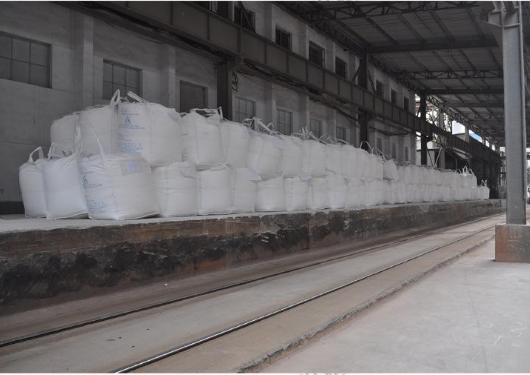Factors Affecting the Chromaticity of Aluminum Hydroxide Flame Retardant
When it comes to the word flame retardant, I think we are very familiar with it. It is widely used in our life, and sometimes we buy it.aluminum hydroxideWhen flame retardant, you will find that some colors are white and some will be a little yellow. So, what are the factors that affect its color? Let's understand together:

Aluminum hydroxide flame retardant is one of the main fillers of artificial stone, artificial agate and other composite materials. By summing up the flame retardant particle size, sodium aluminate solution quality, carbon dioxide gas quality, alumina washing process and other factors, have an impact on the color.
2. Productionaluminum hydroxideWhen flame retardant, first ensure the stability and purity of the raw materials, and then prepare the appropriate particle size and particle size distribution, otherwise it will also affect the color of the flame retardant.
Therefore, in general, leadingaluminum hydroxideThe factors of flame retardant color change can be divided into external factors and internal factors. In order to prevent its color from being affected, it is necessary to strictly control every step of the production process, and store and use it in the correct way in the later stage. At the same time, generally speaking, the color difference of the substance will not affect the use effect, but if the color difference is very obvious, you should carefully consider whether to use it.
In order not to affectaluminum hydroxideThe color of the flame retardant, we must not only pay attention to the above points, but also prevent moisture and rain during transportation. If you have a need, you can call our company customer service.
Real-time information
Zhongke Flame Retardant Organization Watches 20 Closing Ceremonies
As a flame retardant, magnesium hydroxide also need to improve what aspects?


